- Description
-
Details
In an era marked by rapid technological advancements, traditional classrooms are undergoing a transformative evolution. Innovative smart classroom solutions are paving the way for a more engaging, interactive, and effective learning environment. These solutions incorporate cutting-edge technologies to enhance the educational experience and contribute significantly to student success. In this article, we will explore the various aspects of smart classrooms and how they are revolutionizing education.
- Interactive Whiteboards
Interactive whiteboards are one of the foundational components of smart classrooms. These large touchscreen displays allow educators to bring their lessons to life by incorporating multimedia elements. With the ability to annotate, draw, and manipulate digital content, teachers can engage students in a dynamic and visually stimulating manner. This interactivity fosters better understanding and retention of complex concepts.
- Digital Learning Platforms
Digital learning platforms, also known as learning management systems (LMS), have become integral to modern education. These platforms provide a centralized hub for students and teachers to access course materials, assignments, and communication tools. Smart classrooms leverage LMS to streamline content delivery and facilitate collaboration among students. Moreover, LMS analytics enable educators to track student progress and tailor instruction to individual needs, enhancing overall academic performance.
- Flipped Classroom Model
Smart classrooms enable the implementation of the flipped classroom model, which reverses traditional teaching methods. In this approach, students engage with instructional materials, such as video lectures, at home, and use classroom time for discussions, problem-solving, and active learning. This inversion encourages deeper understanding and critical thinking, ultimately leading to improved academic outcomes.
- Adaptive Learning Systems
Adaptive learning systems utilize artificial intelligence and machine learning algorithms to personalize learning experiences. These systems assess each student's strengths and weaknesses, adjusting the difficulty level and content accordingly. By catering to individual learning styles and pacing, adaptive learning systems empower students to progress at their own speed and succeed in their studies.
- Augmented and Virtual Reality (AR/VR)
Augmented and virtual reality technologies have the potential to revolutionize education. Smart classrooms integrate AR/VR tools to create immersive learning experiences. For instance, history students can virtually explore ancient civilizations, while science students can conduct experiments in virtual labs. These experiences not only make learning more engaging but also improve comprehension and retention of complex subjects.
- Collaboration and Communication Tools
Effective communication and collaboration are essential skills for the 21st century. Smart classrooms incorporate various digital tools to facilitate teamwork and interaction among students. Video conferencing, messaging apps, and collaborative document editing platforms enable students to work together on projects, share ideas, and communicate with peers and educators, fostering a supportive and connected learning community.
- Real-Time Assessment and Feedback
Smart classrooms leverage technology to provide real-time assessment and feedback mechanisms. Online quizzes, polls, and instant grading systems allow teachers to gauge student comprehension immediately. Timely feedback enables students to identify areas where they need improvement and make necessary adjustments, contributing to continuous learning and success.
- Accessibility and Inclusivity
Smart classroom solutions prioritize accessibility and inclusivity. Digital materials can be customized to accommodate various learning needs, such as font size adjustment, text-to-speech functionality, and closed captioning. These features ensure that all students, including those with disabilities, have equal access to educational resources, promoting success for everyone.
- Data-Driven Decision-Making
Data analytics play a crucial role in smart classrooms. By collecting and analyzing data on student performance, engagement, and behavior, educators can make data-driven decisions to improve teaching strategies and curriculum design. This targeted approach leads to more effective instruction and ultimately higher student success rates.
- Lifelong Learning Opportunities
Smart classrooms extend beyond traditional K-12 and higher education settings. They also support lifelong learning initiatives. Professionals seeking to upskill or retrain can access online courses and resources, enabling them to stay competitive in the ever-changing job market. Lifelong learning opportunities contribute to career success and personal development.
Conclusion
Innovative smart classroom solutions are at the forefront of educational transformation. These technologies enhance the learning experience, promote engagement, and improve outcomes for students of all ages. As the education landscape continues to evolve, smart classrooms will undoubtedly play a pivotal role in shaping the future of education and ensuring the success of learners worldwide. Embracing these innovations is not just a choice but a necessity in today's knowledge-driven society.
Smart Classroom Images
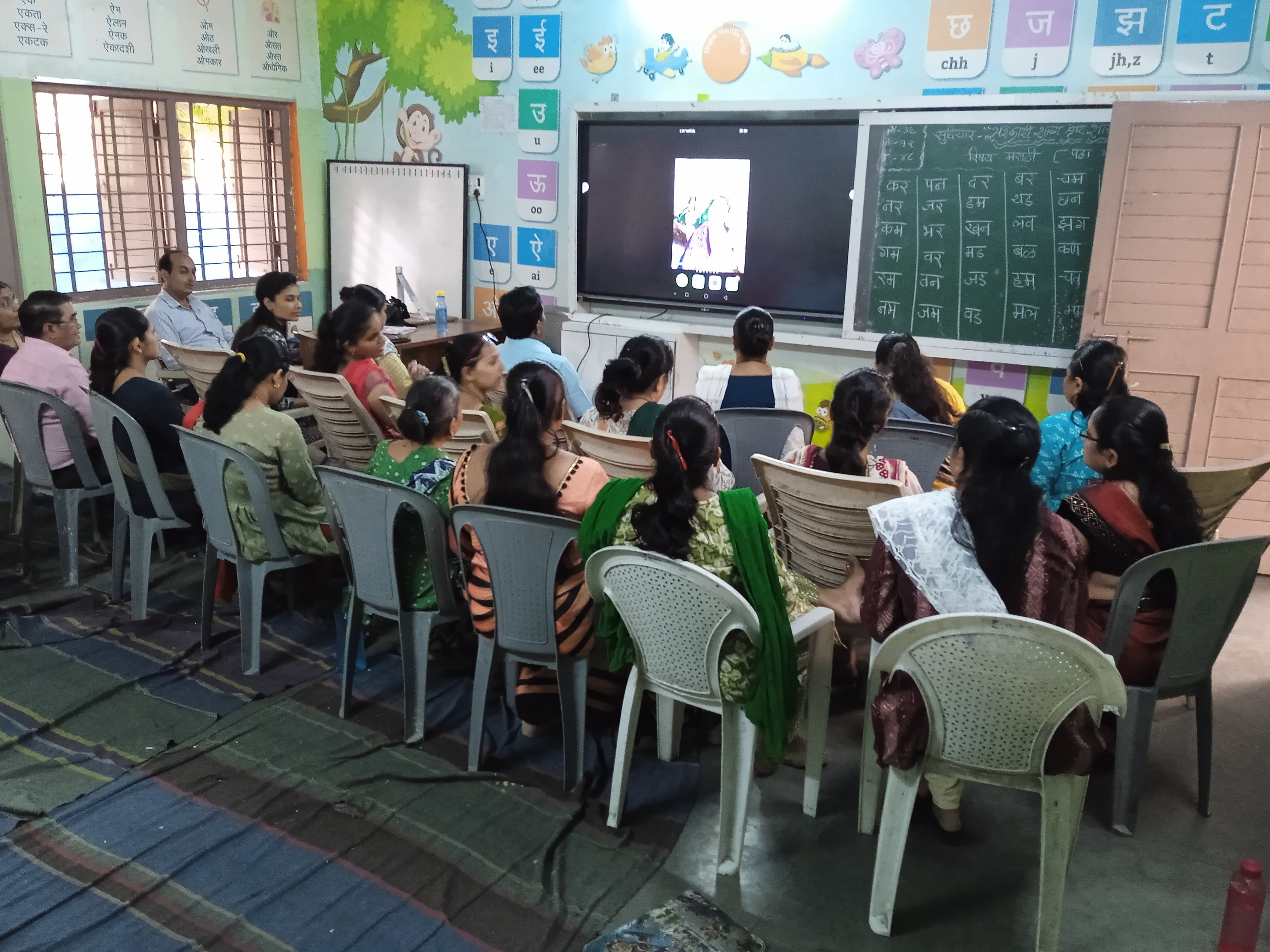
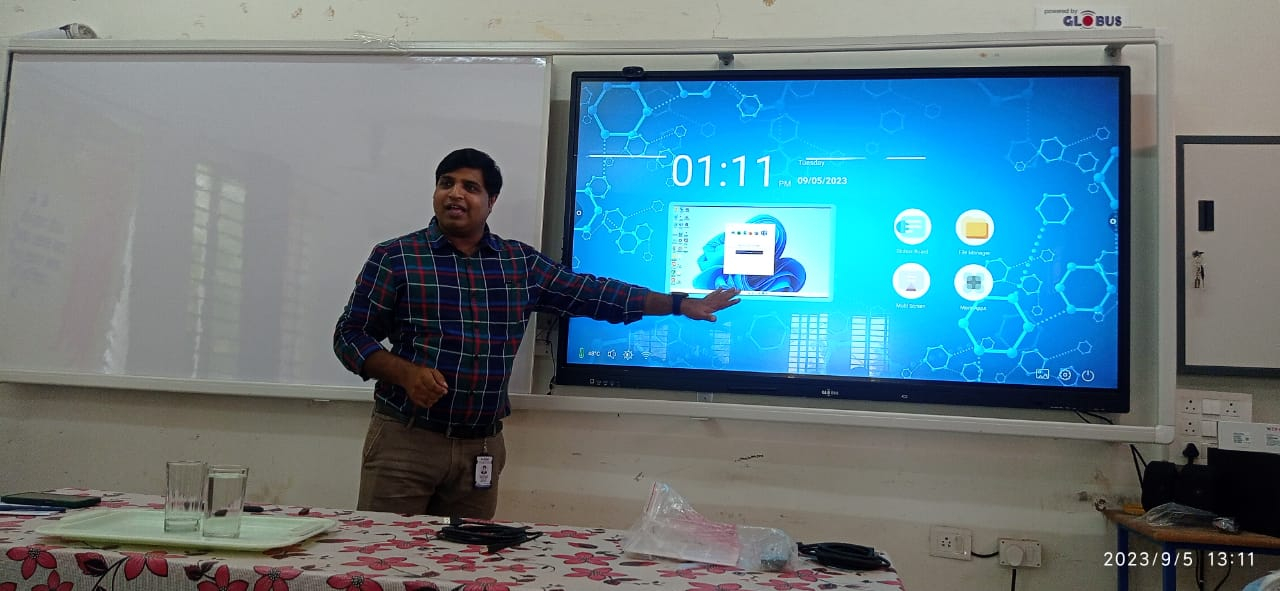
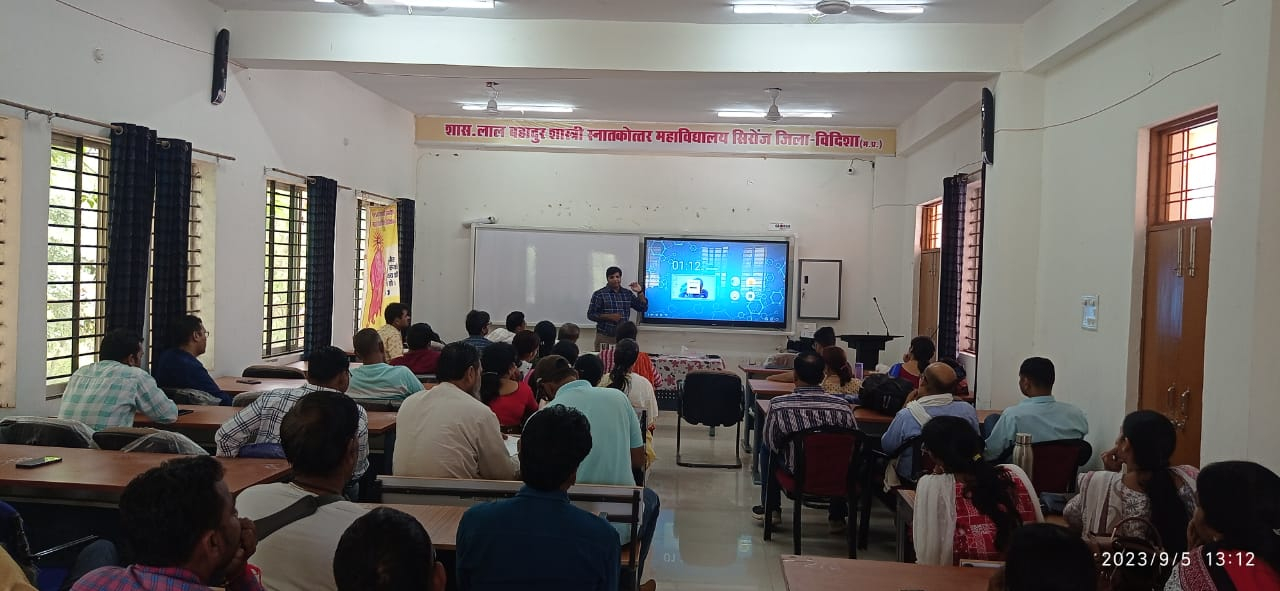
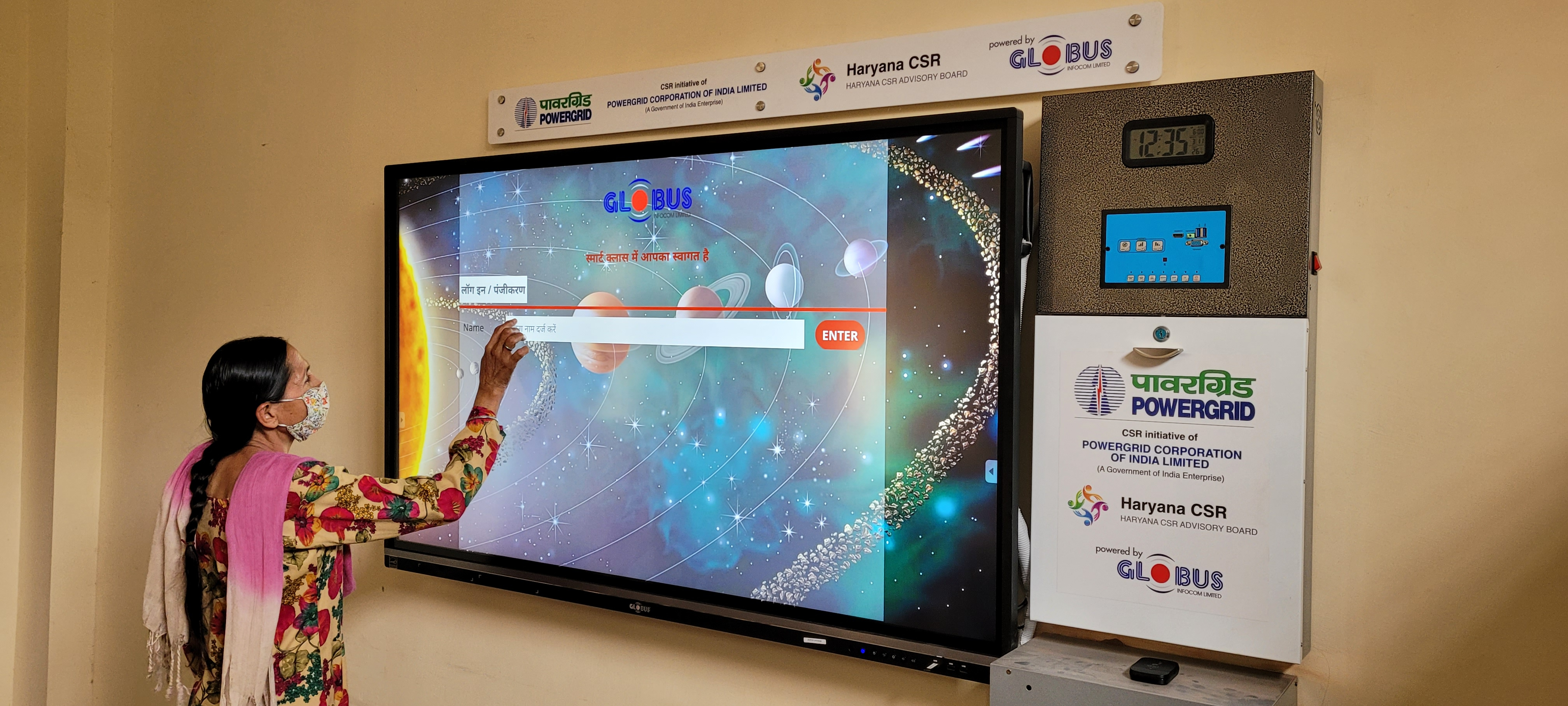
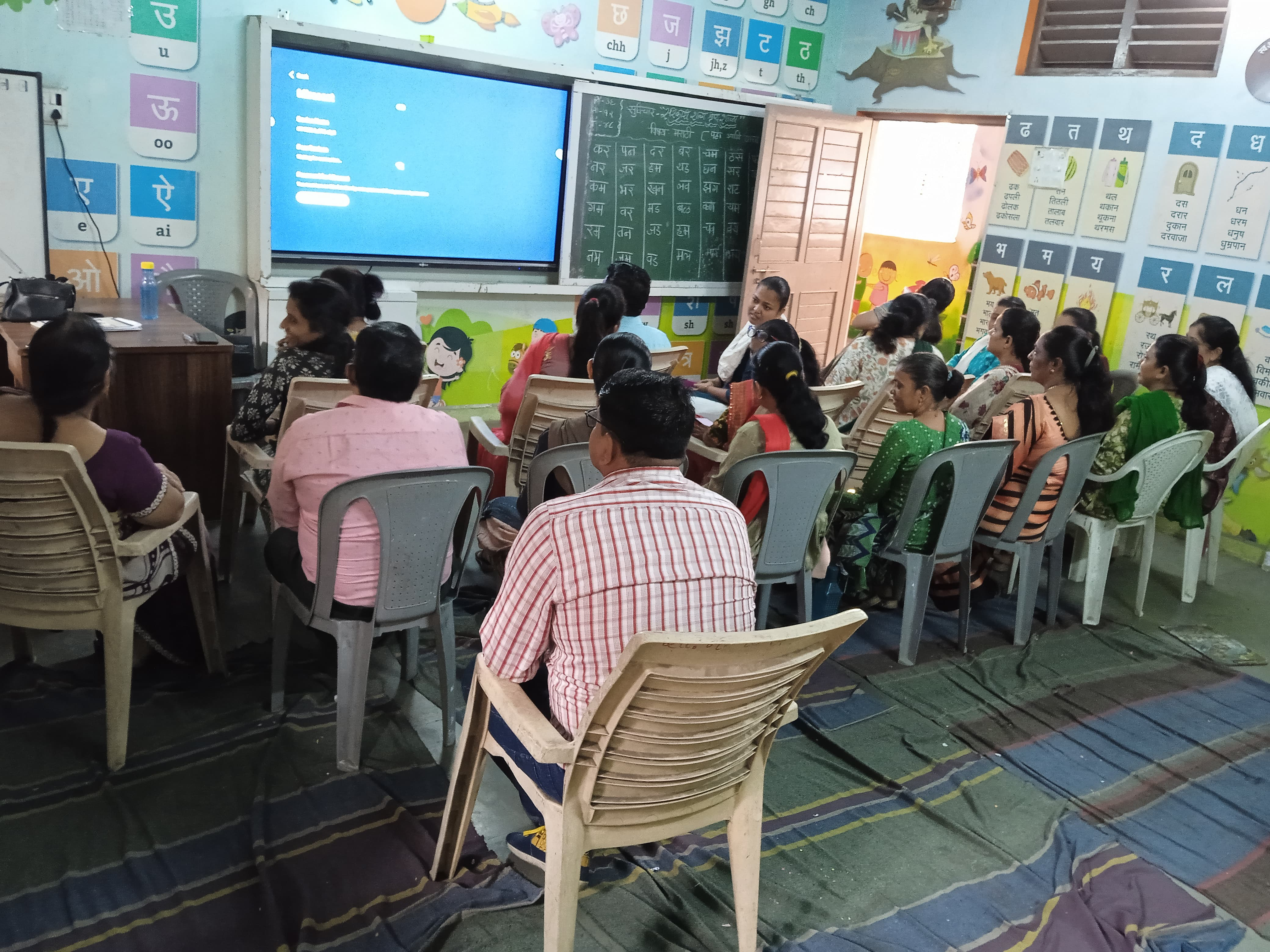
- Reviews
-
Default welcome msg!

